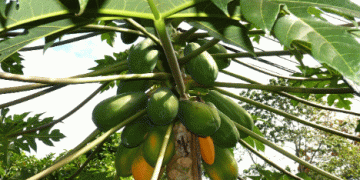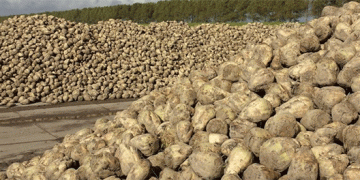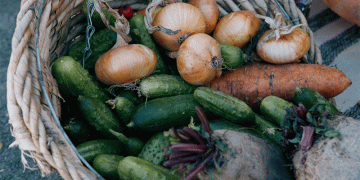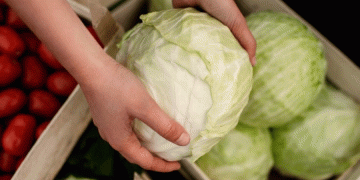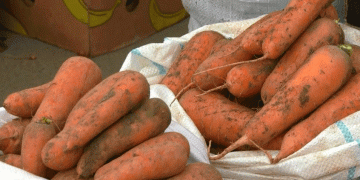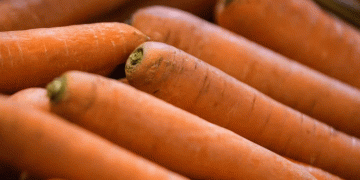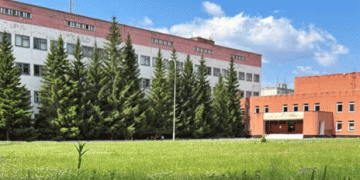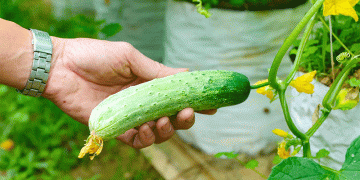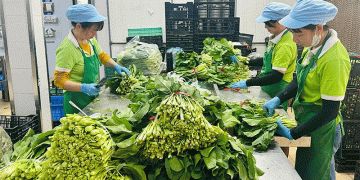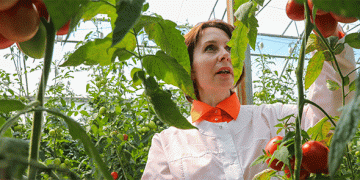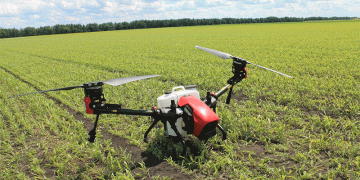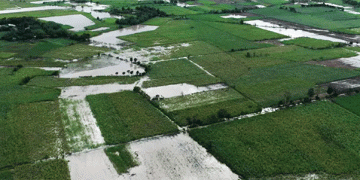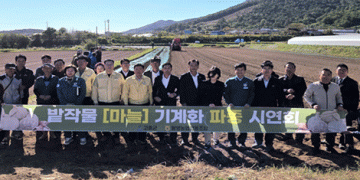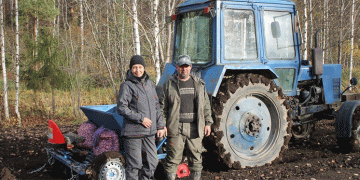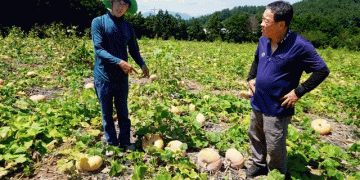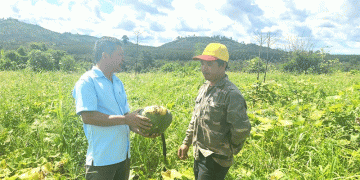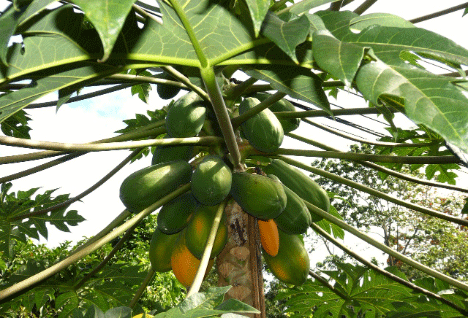In 2024, Peru’s papaya exports experienced a significant increase of 26.8%, totaling 355.5 tons. This growth was primarily driven by Andean papaya, which constituted 73.7% of the exports, while tropical papaya accounted for the remaining 26.3%. The exports were distributed across seven countries, indicating a diversified market reach.
Regional Production Insights
The cultivation of Andean papaya is predominantly concentrated in the regions of Puno, Arequipa, Huánuco, and Amazonas. In contrast, tropical papaya thrives in Ucayali, Loreto, San Martín, and Lambayeque. These regions offer favorable climatic conditions that support the growth and quality of papaya varieties suitable for both domestic consumption and export.
Challenges and Historical Context
Despite the notable increase in 2024, there has been a 42% decline in papaya exports over the past five years. This downturn is attributed to low consumption in international markets and a heavy reliance on a single export destination. For instance, in 2023, Peru’s fresh papaya exports amounted to only 1,690 kilograms, with Chile being the primary importer, receiving 1,378 kilograms. Other countries, such as Switzerland, Canada, Italy, and Germany, imported minimal quantities.
Global Market Dynamics
The global papaya market is projected to grow from USD 9.98 billion in 2025 to USD 12.86 billion by 2030, at a compound annual growth rate (CAGR) of 5.2%.
This expansion presents opportunities for Peru to enhance its export volumes. However, competition is intensifying. Brazil, for example, exported 44,000 tons of papaya in 2024, marking a 16.2% increase from the previous year, with total revenue reaching $58.1 million.
While the resurgence in Peru’s papaya exports in 2024 is encouraging, the significant decline over the past five years underscores the need for strategic diversification of export markets and increased promotion of papaya consumption globally. By leveraging favorable regional growing conditions and addressing market challenges, Peru can strengthen its position in the expanding global papaya market.
